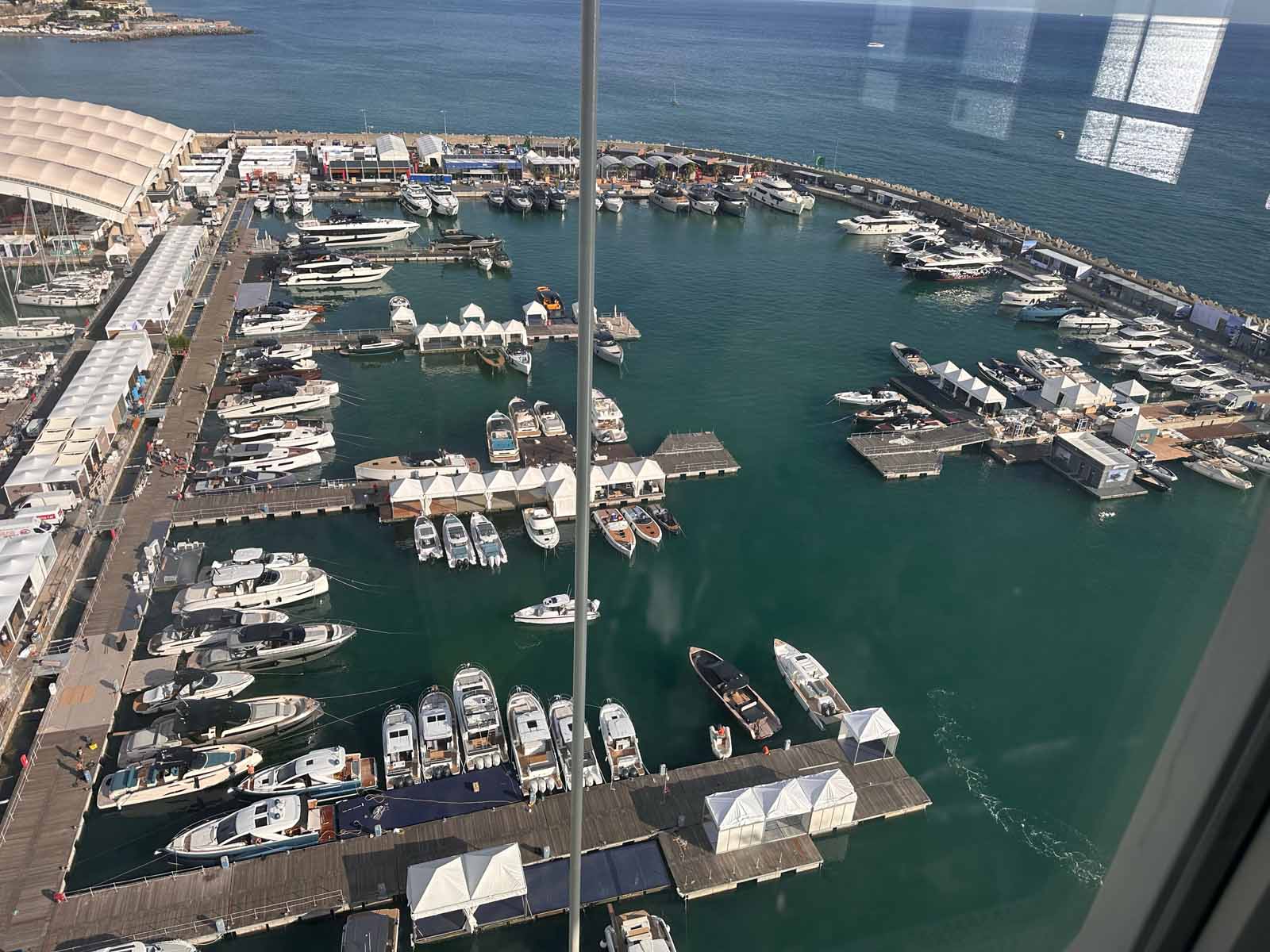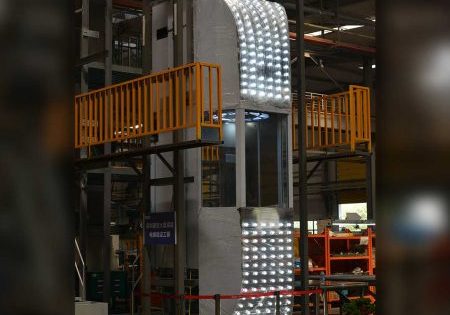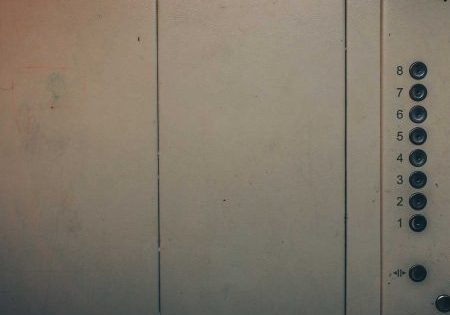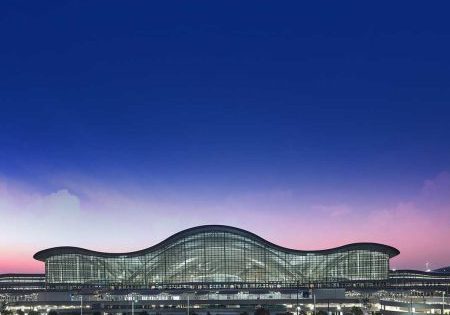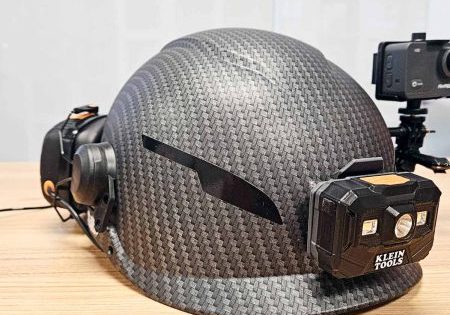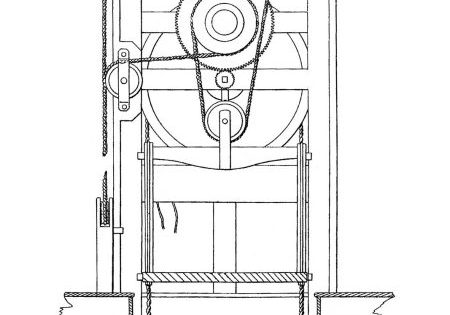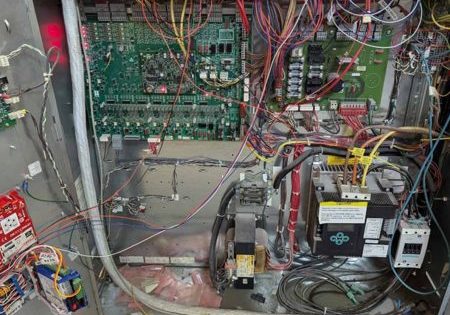In the wake of tragedy, a new port control tower with a custom rack-and-pinion elevator system rises in Genoa, Italy.
images courtesy of EGL Elevators
Eleven years after a ship named the Jolly Nero accidentally collided with and toppled the control tower at the Port of Genoa in Italy, killing nine people, a new tower designed by renowned architecture firm Renzo Piano Building Workshop (RPBW) has risen nearby. Inaugurated in September 2024, the 65-m-tall Torre Piloti is served by two custom rack-and-pinion elevators designed by Milan-headquartered EGL Elevators, which EGL CEO Luca Lagomarsino said has “carved a niche for itself by catering to the unique demands of international architects and designers,” helping them bring their visions to life through collaboration. One of the most remarkable collaborations for EGL, Lagomarsino observed, has been with the renowned RBPW, led by the illustrious Renzo Piano. “This partnership culminated in the creation of the Torre Piloti at the Port of Genoa — a true masterpiece of engineering and design,” Lagomarsino said.
Torre Piloti (the Italian word for columns, pillars or stilts that support a building above ground or water)[1] has two parts: One volume contains rooms for staff, offices, parking spots and stores. The other consists of the actual control tower and cabin.[2] A plinth sits on the existing dock, opening onto the city and the port. Arquitectura Viva stated:
“The tower rises in continuity with the north façade of the plinth. It presents a metal structure whose expressive language resonates with that of other architecture in the harbor of Genoa. The control tower is located 59.85 m above sea level. The entire construction [incorporates] a metal structure held up by pilotis anchored 30 m deep, and it is formed by four steel tubes filled with concrete, each with a diameter of 323 mm and every two separated by a distance of 3.6 m and connected transversally by welded steel tubes set at regular intervals of 3 m. Completing the scheme is a set of St. Andrew’s crosses made of high-resistance steel braces. The result is a highly solid structure that nevertheless comes across as being lightweight and transparent.”[2]
Lagomarsino said the structure measures 28 m on each side and weighs a “staggering 150 t.” The towering structure, he said, “evokes the industrial elegance of old cranes.” Within it are the two elevators designed by EGL in compliance with EN 81-20 safety standards. Seamlessly integrating with the tower’s overall design (which Lagmarsino observed is a “hallmark of RPBW concepts”), the units travel at a speed of 1 m/s.
Successful development of this unique elevator system was achieved through teamwork, Lagomarsino said. This involved months of intense collaboration between EGL, RPBW architects and technicians from Cimolai SpA, an industrial group that specializes in realizing large, complex works.[3] The September inauguration, attended by President of the Italian Republic Sergio Mattarella, was preceded by the team adhering strictly to Cimolai’s schedule.
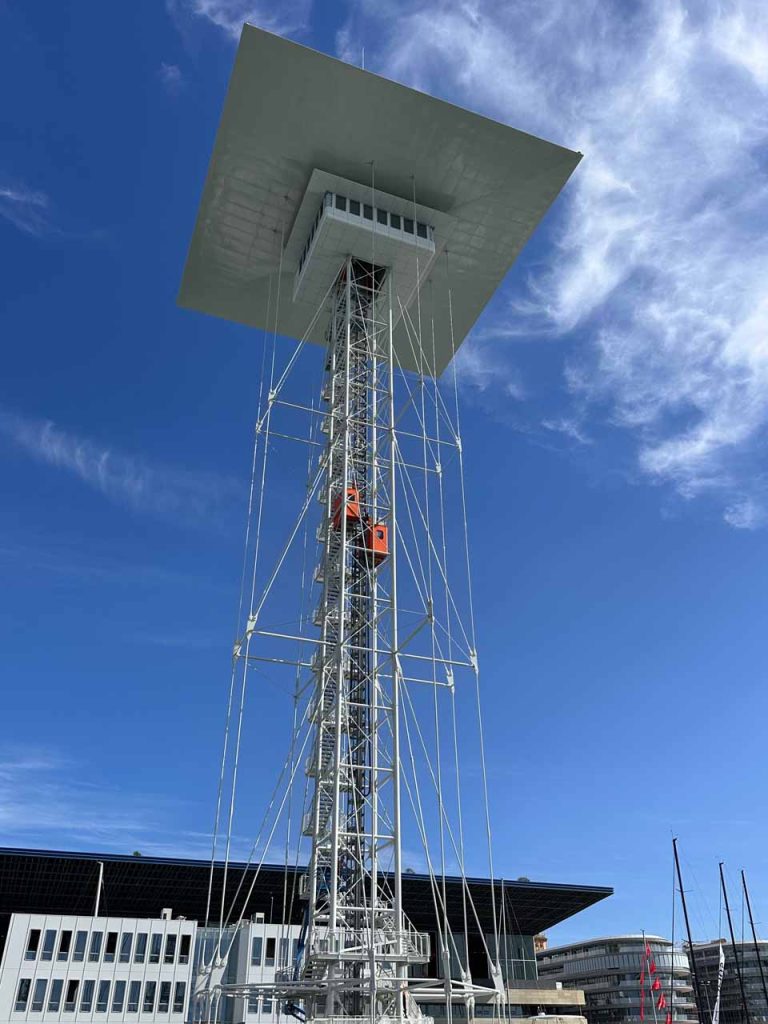
Torre Piloti stands as a symbol of what can be achieved when visionary design meets cutting-edge technology.
— EGL Elevators CEO Luca Lagomarsino
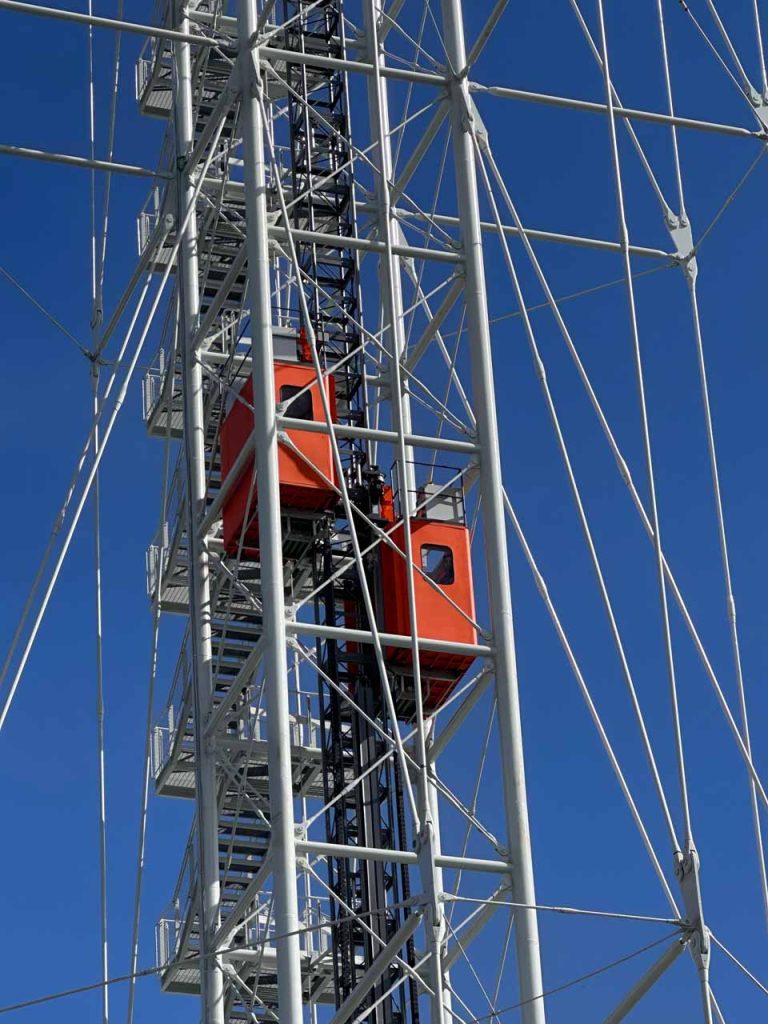
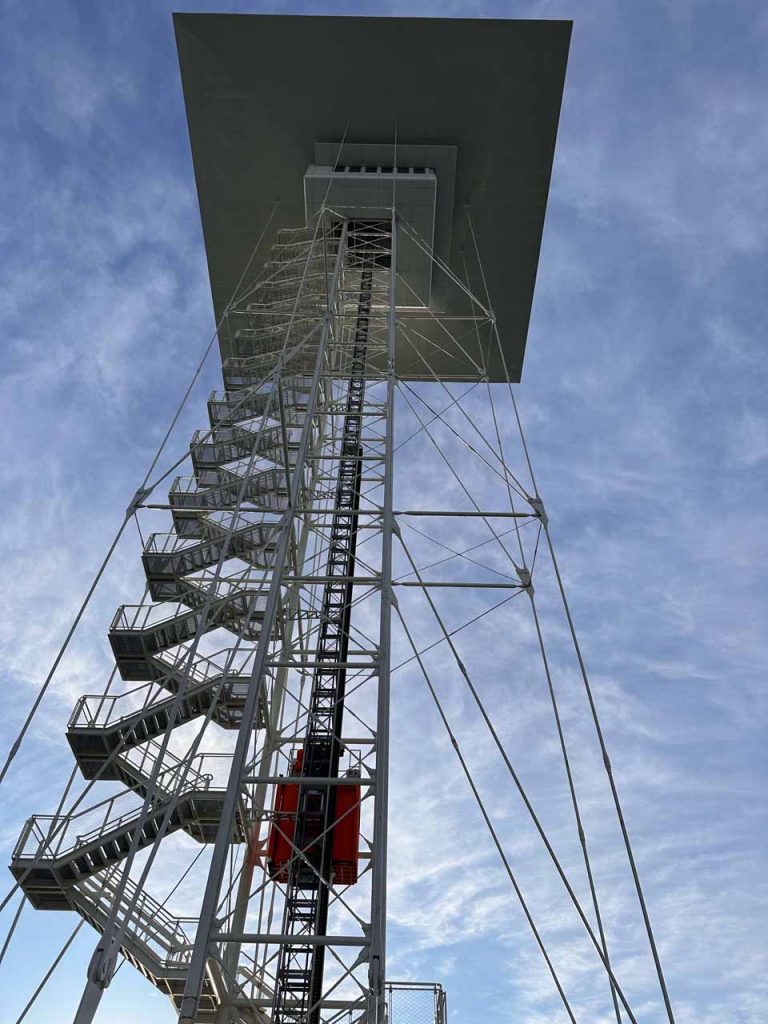
Installation presented several significant challenges, Lagomarsino said, including:
- Technical complexity. Integrating rack-and-pinion technology into the unique design of the tower required precise engineering and customization. Ensuring the elevators operated smoothly within the steel structure was a complex undertaking.
- Safety standards. Adhering to stringent EN 81-20/50 safety standards for passenger transport elevators demanded meticulous attention to detail. This included rigorous testing and validation to ensure compliance.
- Coordination and collaboration. Coordinating efforts across different teams and disciplines required effective communication and project management.
- Time constraints. The project had a tight schedule, with installation needing to be complete in time for the September inauguration. Managing the timeline while maintaining high quality standards was a significant challenge.
- Structural integration. The elevators had to be seamlessly integrated into the tower’s design without compromising its aesthetic and functional aspects. This required innovative solutions to blend the mechanical systems with RPBW’s architectural vision.
Overcoming these myriad challenges has been a source of immense pride for EGL Elevators employees, Lagomarsino said. “Their contribution to this iconic structure is a testament to their commitment to excellence and innovation, shared by all partners involved.” He continued:
“Torre Piloti stands not only as a functional piece of infrastructure, but as a symbol of what can be achieved when visionary design meets cutting-edge technology. EGL Elevators successfully navigated the complexities, showcasing our expertise and commitment to excellence. The ability to overcome obstacles is a testament to the skill and dedication involved in delivering bespoke elevator solutions.”
References
[1] en.wikipedia.org/wiki/Piloti
Get more of Elevator World. Sign up for our free e-newsletter.
